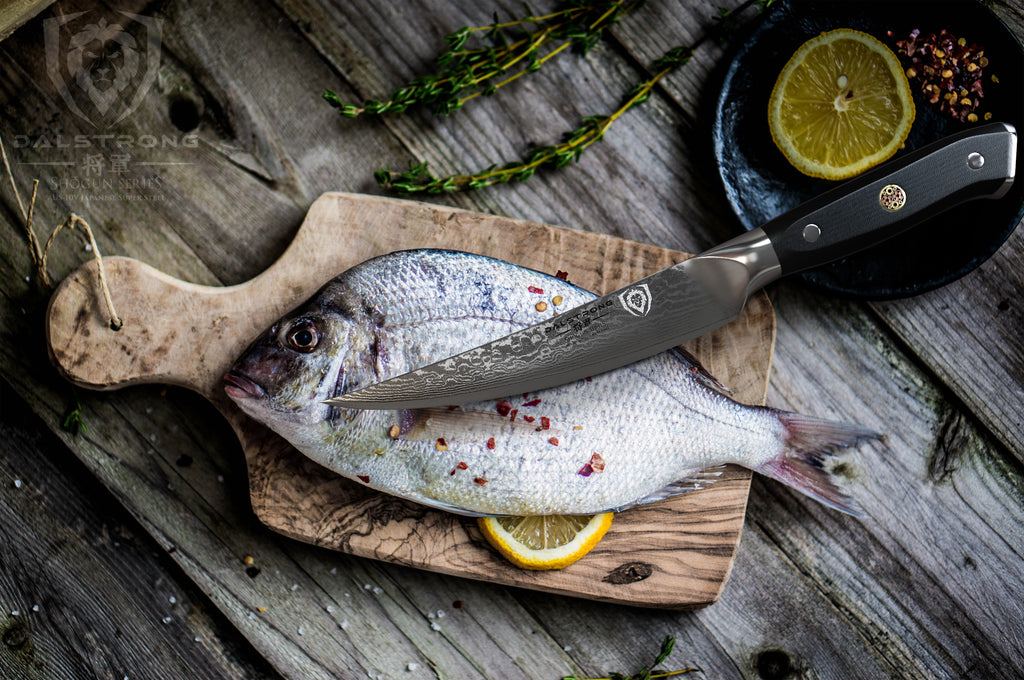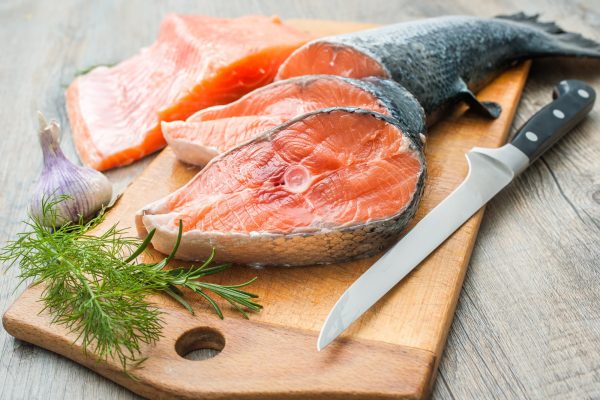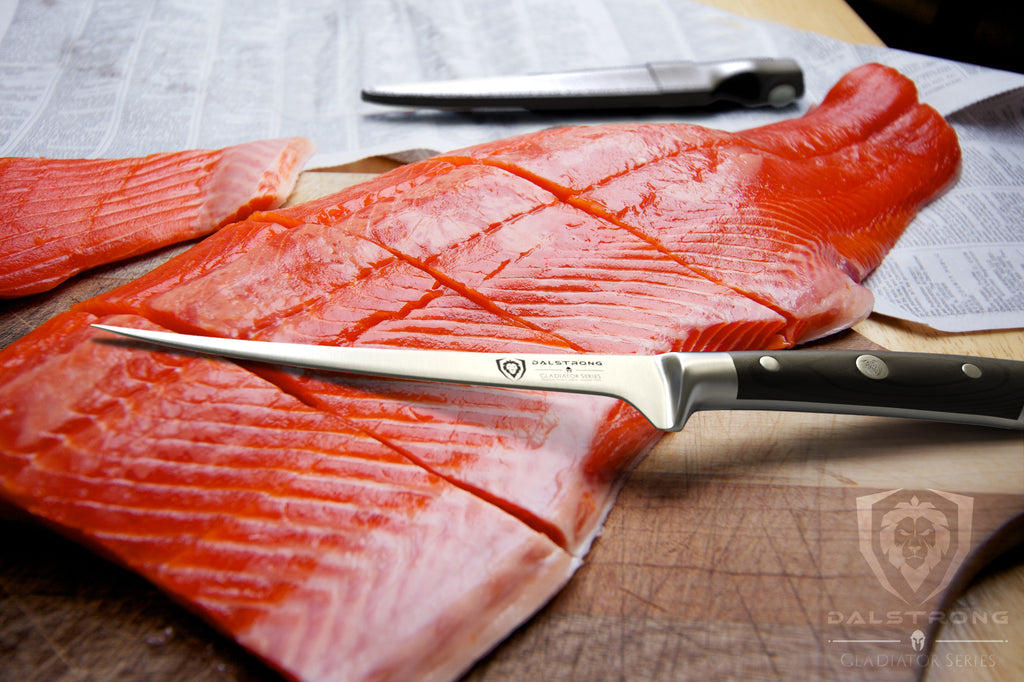How to sharpen a fish fillet knife is a crucial skill for every kitchen hobbyist who wants to maintain the quality and performance of their knives. Properly sharpening your fish fillet knife ensures that you can efficiently and effortlessly fillet fish, making the process safer and more enjoyable. In this detailed guide, I will walk you through everything you need to know about sharpening a fish fillet knife with tremendous precision.

Why Its Important to Keep Your Fillet Knife Sharp
Keeping your fillet knife sharp is essential for several reasons:
- Efficiency: A sharp knife reduces the effort needed to cut through the fish.
- Safety: Dull knives require more force, increasing the risk of slipping and causing injury.
- Precision: A sharp knife allows for cleaner and more accurate cuts.

When Should You Sharpen Your Fish Fillet Knife?
Knowing when to sharpen your fish fillet knife is just as important as knowing how to do it. Here are some signs that your knife needs sharpening:
- Difficulty cutting through fish
- Uneven or jagged cuts
- The knife slips off the fishs skin

Tools Required for Sharpening a Fish Fillet Knife
Sharpening Stone
A sharpening stone, also known as a whetstone, is a popular tool for sharpening fillet knives. It comes in various grits, which determine the coarseness of the stone.
Honing Rod
A honing rod is used to realign the knifes edge between sharpening. It is not a substitute for sharpening but helps maintain the edge.
Electric Knife Sharpener
An electric knife sharpener is a convenient tool that automates the sharpening process. It’s suitable for those who are less experienced in manual sharpening.
Knife Guide
A knife guide helps maintain the correct angle while sharpening, ensuring consistency and precision.

Step-by-Step Guide on How to Sharpen a Fish Fillet Knife
1. Preparing the Sharpening Stone
Soak the sharpening stone in water for about 10-15 minutes. This helps create a slurry that aids in the sharpening process.
2. Setting the Correct Angle
The ideal angle for sharpening a fish fillet knife is between 15-20 degrees. Use a knife guide if necessary to maintain this angle.
3. Sharpening with Coarse Grit
Start with the coarse grit side of the sharpening stone. Holding the knife at the correct angle, draw the blade across the stone from heel to tip. Repeat this process 10-15 times on each side.
4. Honing the Edge with Fine Grit
Flip the stone to the fine grit side and repeat the sharpening process. This step smooths out the edge and ensures a sharp finish.
5. Using the Honing Rod
After sharpening, use a honing rod to realign the knife’s edge. Hold the rod vertically with the tip resting on a stable surface. Draw the knife down the rod at the same 15-20 degree angle, alternating sides with each stroke.
6. Testing the Sharpness
Test the sharpness by gently slicing through a piece of paper or a tomato. If the knife cuts smoothly and easily, it is adequately sharpened.
Maintaining Your Fish Fillet Knife
Cleaning the Knife
After each use, clean the knife with warm soapy water and dry it thoroughly. Avoid using dishwashers as they can damage the knifes edge.
Storing the Knife
Store the knife in a knife block, magnetic strip, or protective sheath to prevent damage to the blade and ensure safety.
Regular Honing
Hone the knife regularly to maintain its sharpness. This helps prolong the intervals between full sharpening sessions.
Common Mistakes to Avoid
Avoid these common mistakes to ensure effective sharpening:
- Using the wrong angle
- Skipping the honing process
- Applying too much pressure
- Not soaking the sharpening stone
FAQ Section
How often should I sharpen my fish fillet knife?
It depends on how frequently you use the knife. For regular use, sharpening every few months should suffice, along with regular honing.
Whats the best tool for sharpening a fish fillet knife?
A sharpening stone is recommended for precision, but electric sharpeners are also effective for those who prefer a more automated process.
Can I use a serrated knife sharpener for my fish fillet knife?
No, serrated knife sharpeners are designed specifically for serrated blades and are not suitable for fillet knives.
As an Amazon Associate, I earn from qualifying purchases.
For more detailed guides on sharpening knives, you can visit Good Housekeeping.
You may also find our other articles on knife care helpful: How to Sharpen a Chef Knife, Serbian Chef Knife, and Professional Chef Knife Set.


